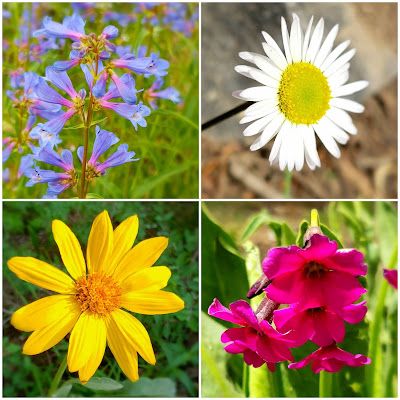Desert Mistletoe and parasites
On our recent trip, I became acquainted with the Desert Mistletoe (Phoradendron californicum - shown in the photos). This particular variety of mistletoe bears little resemblance to the plant we're used to seeing in our Christmas decorations (the one that traditionally requires kissing!). But it has some similar botanical characteristics - it's a parasite living on a host plant. It's very visible growing among the branches at this time of year when the deciduous plans are leafless.
Most mistletoes attach to some kind of woody plant using structures that function just like roots - they tap into the tree in a way that they can draw water and minerals from the host. But unlike a full parasite, mistletoes perform their own photosynthesis - so they are technically called "hemiparasites" because they do have some productive characteristics. The desert mistletoe is leafless, mostly - it has tiny scale-like structures that function like leaves. The berries are edible and were used extensively by Native Americans, but the rest of the plant is quite toxic.
Sometimes a symbiotic relationship between plants benefits both species involved; but the mistletoe contributes nothing to its host, and so is truly parasitic. The host must adapt to the drain of energy and resources. A parasite depends on the host for life, so if it grows too large or fast, it can kill its host and lose its own chance at life.
A baby "in utero" is a parasitic being. It receives all nourishment from its host mother, contributing nothing in return. Once it's born, it remains very dependent; but it becomes hemiparasitic since it is now breathing on its own and thus contributing to the process. Gradually, over time, a child is able to feed itself and develops more and more independence from the "host."
There are aspects of dependence in almost all relationships. Sometimes we take a lot, and give little or nothing in return. But in the best symbiotic relationships, each individual receives and each gives. We use the beautiful word "synergy" to describe the situation when "the interaction or cooperation of two or more organizations, substances, or other agents [unite] to produce a combined effect greater than the sum of their separate effects."
I #GiveThanks for the lesson of the mistletoe. I should never be a parasite in any activity or endeavor. I should always give in return, and seek for the blessings that come from uniting in the best ways for good causes.




Comments
Post a Comment